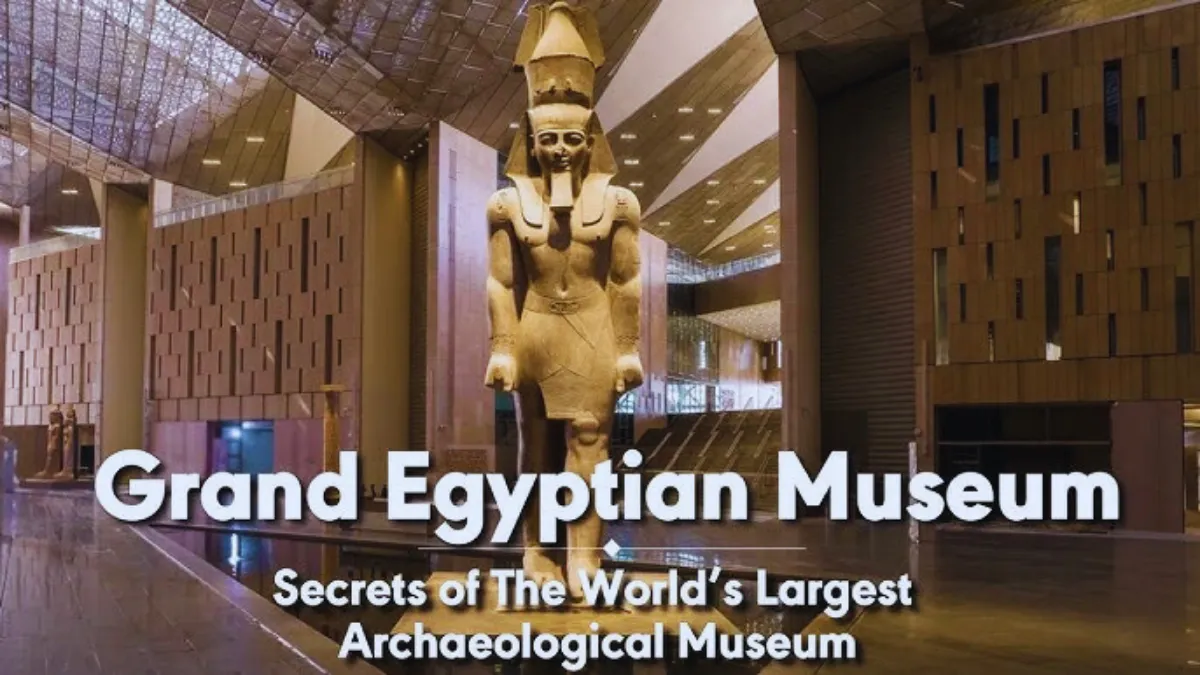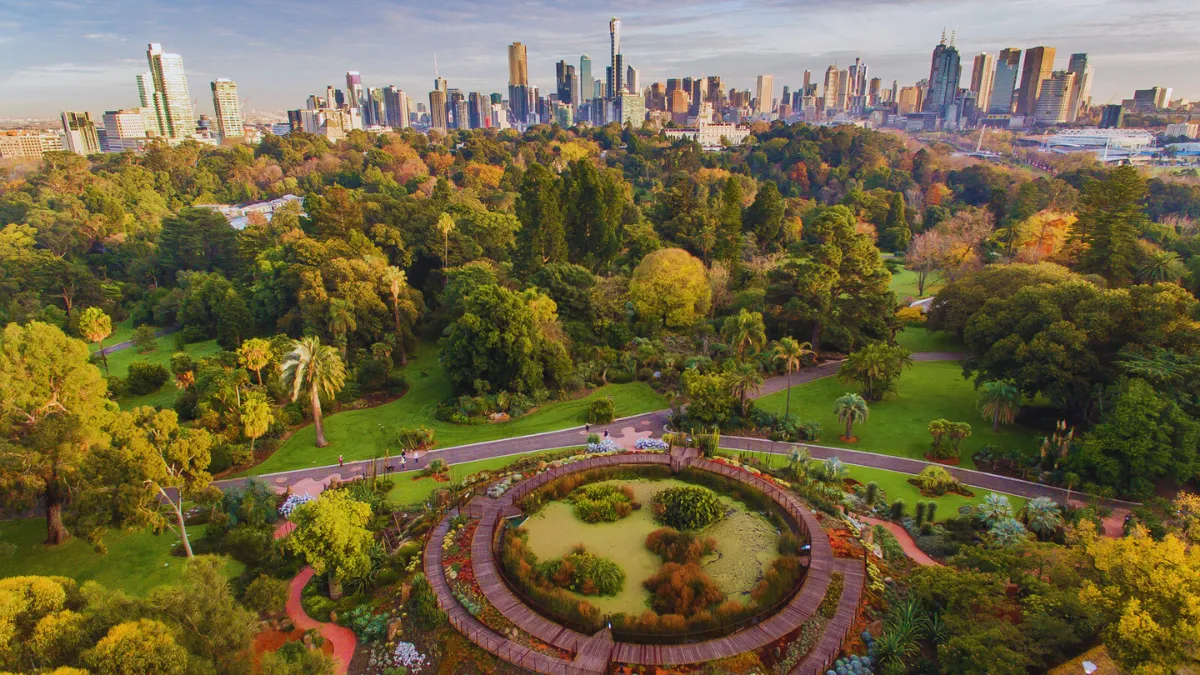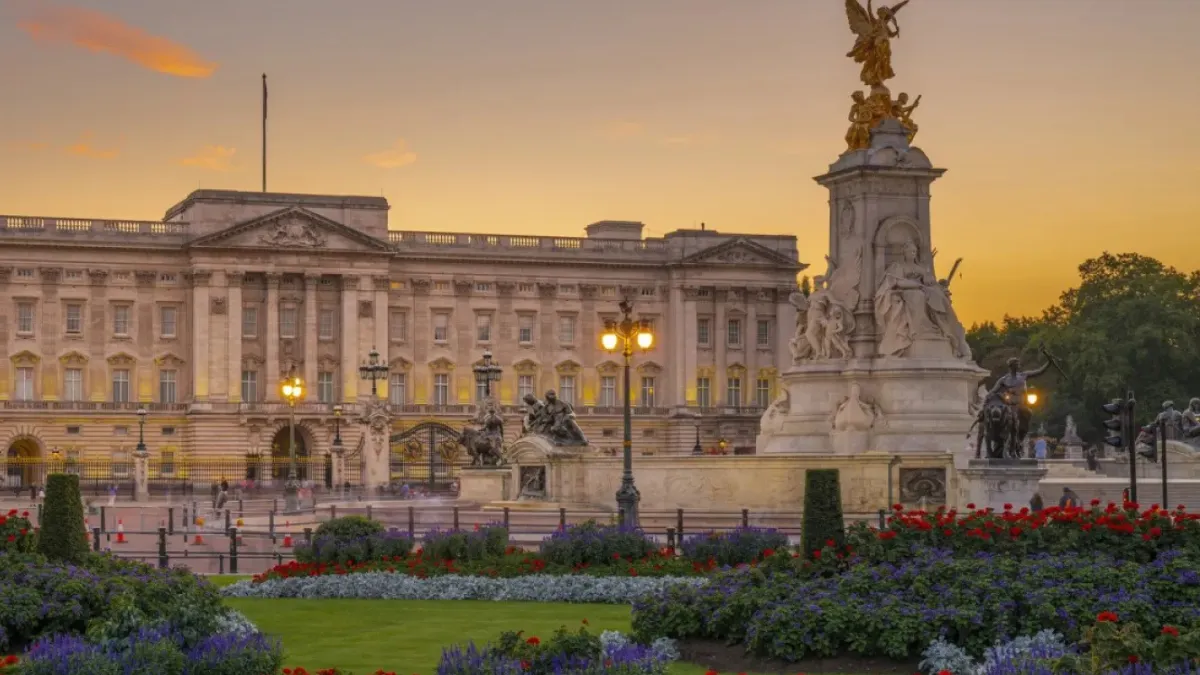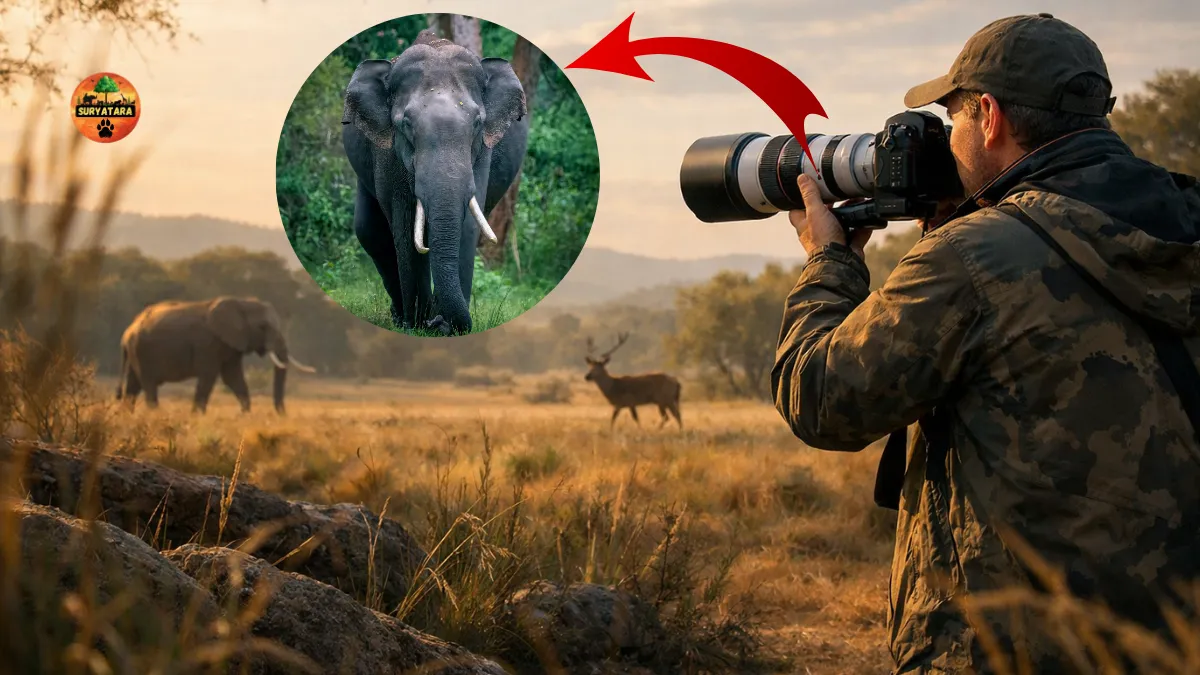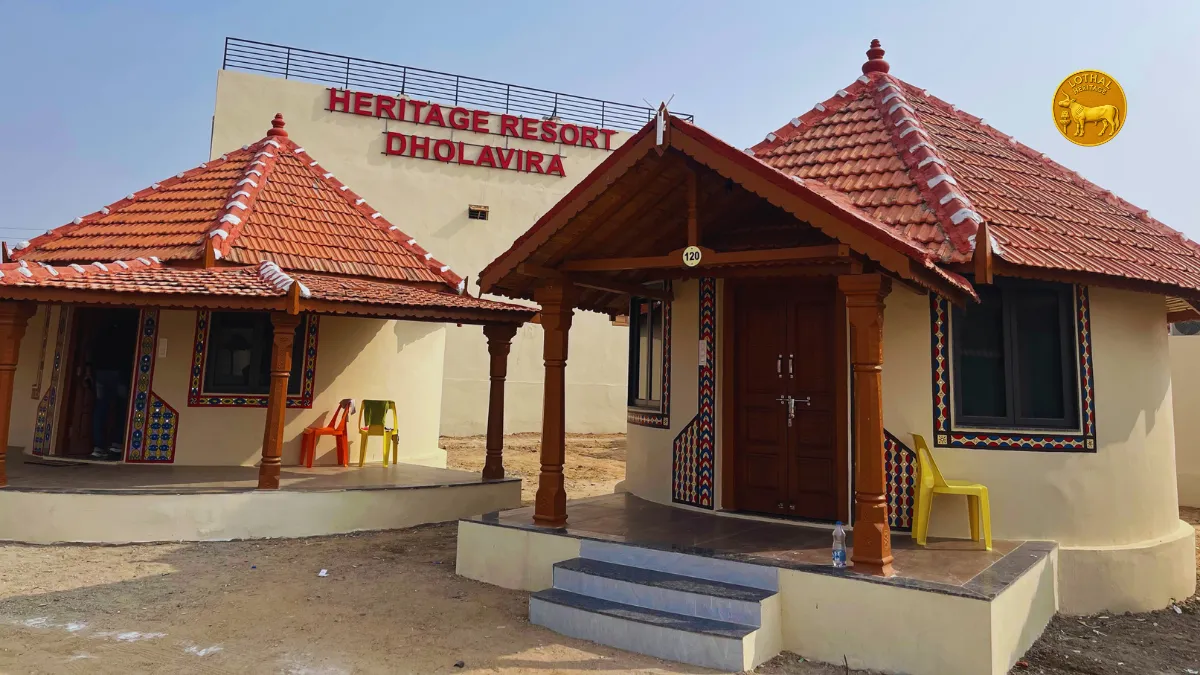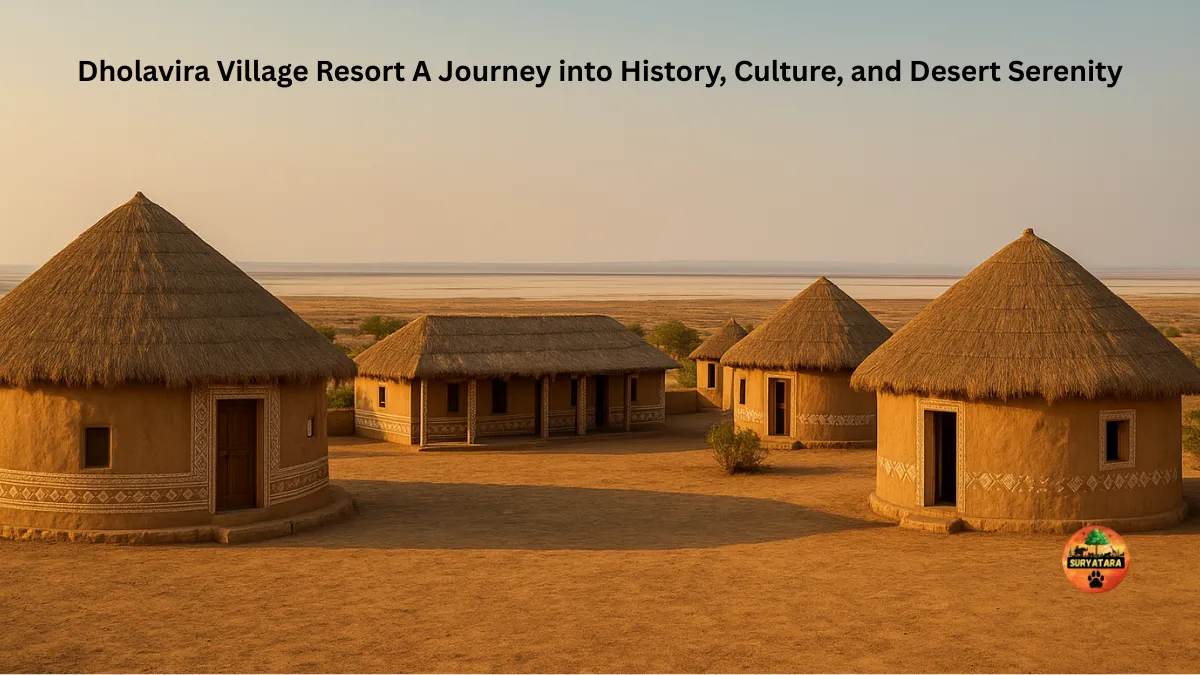Giza, Egypt (Reuters-style feature) — After decades of anticipation and global curiosity, Egypt has opened the doors of the Grand Egyptian Museum (GEM) — an architectural and cultural landmark located just a stone’s throw from the Great Pyramid of Khufu. The long-awaited museum, which cost more than $1.2 billion to complete, is being hailed as the world’s largest archaeological museum, housing over 100,000 artifacts spanning nearly 7,000 years of Egyptian civilization.
The museum’s centerpiece is a display never before seen in full — the entire collection of treasures from the tomb of Pharaoh Tutankhamun, shown together for the first time since their discovery more than a century ago.

A Landmark beside the Great Pyramid
The Grand Egyptian Museum opens as one of the most significant cultural undertakings of the 21st century. Set on the Giza Plateau, within view of the last surviving Wonder of the Ancient World, its triangular geometry and alabaster façade mirror the country’s ancient spirit in a modern form.
Covering 500,000 square meters, roughly the size of 70 football fields, the museum’s vast space includes open-air plazas, immersive galleries, and research centers. Visitors enter through a pyramid-shaped gateway into a grand atrium dominated by the 11-meter-high statue of Pharaoh Ramesses II, one of Egypt’s most powerful rulers, and a 16-meter-long suspended obelisk that appears to float in the air.
“This is not only a museum,” says Dr. Tarek Tawfik, president of the International Association of Egyptologists and the museum’s former director. “It’s a national symbol — a message that Egypt’s ancient civilization still shapes the global imagination.”
Tutankhamun’s Complete Legacy Unveiled
For the first time in modern history, every item found inside King Tutankhamun’s tomb — more than 5,500 artifacts — is displayed together under one roof. The discovery of the intact tomb by British archaeologist Howard Carter in 1922 transformed global understanding of ancient Egypt. Yet until now, only a fraction of its treasures had ever been exhibited at once.
Among the highlights are the golden funerary mask, royal throne, chariots, and finely crafted jewelry of the boy king. The galleries recreate the layout of Tutankhamun’s burial chambers, offering visitors the same sense of wonder Carter experienced when he first peered inside the tomb more than 100 years ago.
“We wanted to recreate that moment of discovery,” Dr. Tawfik says. “Nothing remains hidden in storage. The full story of Tutankhamun is finally visible to the world.”
A Vision Realized After Decades
Plans for the Grand Egyptian Museum date back to 1992, with construction beginning in 2005 under then-President Hosni Mubarak. But years of political unrest, the 2011 Arab Spring, financial constraints, and the COVID-19 pandemic repeatedly delayed completion.
Now, after more than 30 years, the opening marks a defining moment in Egypt’s modern history.
Dr. Zahi Hawass, Egypt’s former Minister of Antiquities and one of the country’s most recognized archaeologists, described the project as “a dream finally fulfilled.”
“The Grand Egyptian Museum proves Egypt can manage, preserve, and present its heritage to the world,” Hawass told reporters. “It sends a clear message: we are the stewards of our own civilization.”

A Global Demand for the Return of Egypt’s Artifacts
The museum’s inauguration has reignited Egypt’s campaign to reclaim some of its most valuable antiquities held abroad. Prominent Egyptologists, including Dr. Hawass, have renewed calls for the return of three iconic artifacts: the Rosetta Stone from the British Museum in London, the Dendera Zodiac from the Louvre in Paris, and the Bust of Nefertiti from Berlin’s Neues Museum.
Dr. Hawass has launched online petitions, gathering hundreds of thousands of signatures, demanding that these items be repatriated to Egypt.
“They were taken during colonial times,” he said. “Now we ask for their return as a gesture of goodwill — a recognition that these objects belong where they were born.”
The Rosetta Stone, discovered by the French in 1799 and later seized by the British, was crucial in deciphering ancient hieroglyphics. The Dendera Zodiac, a celestial map cut from a temple wall in 1821, and the Bust of Nefertiti, smuggled out more than a century ago, have long been at the heart of cultural debates.
Dr. Monica Hanna, an archaeologist and professor, said the GEM’s opening demonstrates Egypt’s readiness to host these treasures.
“The Grand Egyptian Museum shows the world that Egypt can safeguard its heritage at the highest global standards,” she said. “This is the foundation for legitimate repatriation efforts.”
The British Museum, however, maintains that it has received “no formal request” from the Egyptian government for the return or loan of the Rosetta Stone.
Tourism Revival and Economic Boost
Egyptian officials expect the Grand Egyptian Museum to draw up to 8 million visitors annually, positioning it as a cornerstone of the country’s tourism revival. The sector, which contributes nearly 10% to Egypt’s GDP, has faced repeated setbacks over the past decade due to political upheavals and regional conflicts.
Tour guides in Giza describe a surge in interest since the announcement of the museum’s full opening. Ahmed Seddik, an Egyptologist and local guide, says the GEM will help launch “a new golden age of Egyptian tourism.”
“The world will come again,” Seddik said. “Tutankhamun is not just a name — he’s a legend. And now his story is told the way it was meant to be.”
Visitors echo his excitement.
Sam, a tourist from London, calls the museum “a once-in-a-lifetime opportunity.”
Raúl, a traveler from Spain, says, “Seeing the treasures of ancient Egypt in their full glory is something you never forget.”
Architectural Brilliance Meets Ancient Heritage
Designed by the Irish firm Heneghan Peng Architects, the Grand Egyptian Museum combines minimalism with monumental scale. Its translucent walls of alabaster, cut into geometric triangles, filter the desert light to create an ethereal glow.
The Grand Staircase, lined with statues of ancient kings and queens, leads visitors upward through Egypt’s dynastic timeline. From the top level, a massive glass wall frames a panoramic view of the Pyramids of Giza — merging the ancient and the modern in a single breathtaking sight.
Among the museum’s most striking exhibits is the 4,500-year-old Khufu solar boat, believed to have been built to carry the pharaoh’s soul into the afterlife. The vessel, one of the oldest and best-preserved in the world, was relocated from beside the Great Pyramid to a custom-designed climate-controlled gallery at the GEM.
Restoration and Research Excellence
Behind the museum’s public displays lies one of the world’s most advanced conservation facilities. Every restoration project — including the delicate repair of Tutankhamun’s textile and leather armor — has been conducted exclusively by Egyptian conservators under strict national laws.
“Foreign experts are amazed at the quality of our restoration work,” says Dr. Tawfik. “This museum celebrates not only ancient Egypt but modern Egyptian science and craftsmanship.”
The GEM also serves as a hub for archaeological research, digital preservation, and academic collaboration. Its laboratories and archives are open to scholars from around the world, reinforcing Egypt’s role as the epicenter of global Egyptology.
From Chaos to Order: A Modern Visitor Experience
Compared with the old Egyptian Museum in Cairo’s Tahrir Square — known for its crowded halls and chaotic layout — the Grand Egyptian Museum offers a vastly improved visitor experience.
Emily, a tourist from the UK, recalls visiting the previous site years ago:
“The old museum was overwhelming. Here, it’s peaceful, well-organized, and immersive. You can finally appreciate the beauty of each piece.”
Interactive touchscreens, augmented reality stations, and multimedia exhibits allow visitors to explore artifacts in new ways. The museum’s layout guides them through Egypt’s long history — from the pre-dynastic period to the Roman era — creating a seamless narrative of civilization’s evolution.
Also read: Jaipur Tourist Places: A Complete Guide to the Pink City’s Top Attractions and Hidden Gems
Symbol of National Pride and Global Partnership
For Egypt, the museum is more than an exhibition hall; it’s a symbol of national pride and cultural diplomacy. Built with international collaboration, including major funding from Japan and technical support from UNESCO, the project represents a bridge between nations — a showcase of how heritage can unite rather than divide.
“The Grand Egyptian Museum is Egypt’s gift to humanity,” says Dr. Hawass. “We are preserving history for the world, not just for ourselves.”
With global attention now focused on Giza, cultural analysts predict the GEM will soon rival the Louvre in Paris and the British Museum in London as one of the most visited museums on Earth.
A Timeless Achievement
The Grand Egyptian Museum opens nearly a century after Howard Carter’s discovery of Tutankhamun’s tomb, closing a historical circle. What began as an excavation in the sands of the Valley of the Kings has culminated in one of the world’s most advanced cultural institutions.
As the sun sets over the Giza Plateau and the glass façade of the museum reflects the golden hue of the desert, the symbolism is unmistakable: Egypt, the land that gave birth to civilization, continues to shape the world’s understanding of its shared human story.
“This museum isn’t just about the past,” Dr. Tawfik says. “It’s about the future — how we tell our story, how we preserve it, and how we pass it on.”
Also read: Gujarat Vandana Museum: A Grand Cultural Landmark Rising Near the Statue of Unity
Fast Facts: The Grand Egyptian Museum
- Location: Giza, near the Great Pyramid of Khufu
- Total Area: 500,000 square meters (5.4 million sq ft)
- Project Cost: $1.2 billion
- Artifacts: Over 100,000 spanning 7,000 years
- Tutankhamun Collection: 5,500 objects displayed together for the first time
- Expected Visitors: 8 million per year
- Architectural Highlight: Pyramid-shaped entrance, alabaster façade, panoramic pyramid view
